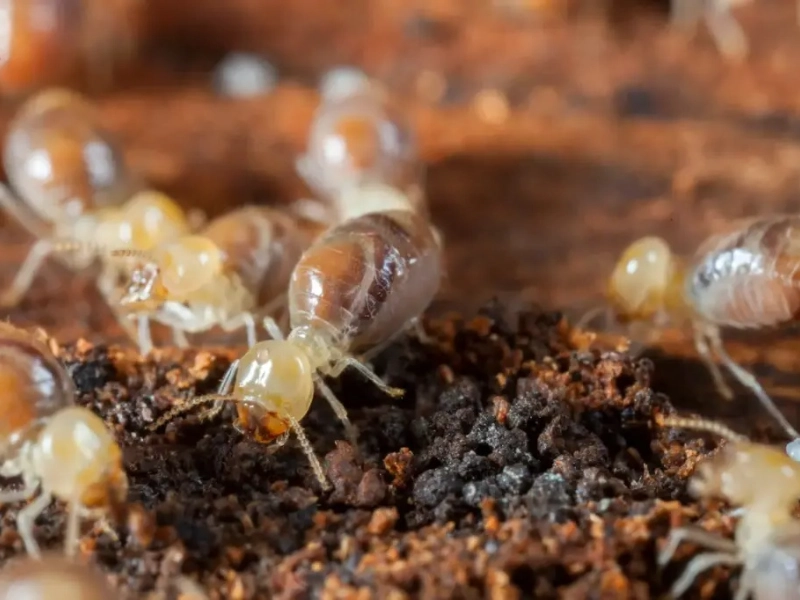2. Water Management Specialists

Through their architectural expertise, termites play a critical role in water management within tropical rainforests. Their complex mound structures and tunnel systems significantly influence soil hydrology by creating pathways that allow rainwater to penetrate deep into the ground instead of running off the surface. Acting as natural water retention systems, these structures help maintain soil moisture during dry periods. Termite-modified soil has an increased water-holding capacity, creating microsites that support plant growth even during seasonal droughts. Their mounds also feature advanced ventilation systems that regulate temperature and humidity, providing microhabitats beneficial to numerous other species. Termites’ water-management abilities are especially evident during extreme weather events, where their structures mitigate the effects of both drought and flooding. Their intricate tunnels act as natural drainage systems, storing moisture for drier periods and minimizing waterlogging during heavy rains. Research shows that soil water infiltration rates in termite-active areas can be up to ten times higher. This improved water absorption not only benefits the immediate area but also contributes to groundwater recharge and stabilizes water tables. In mountainous tropical regions, where soil erosion poses a significant threat, the enhanced soil structure around termite colonies reduces erosion and preserves soil stability.
Advertisement

